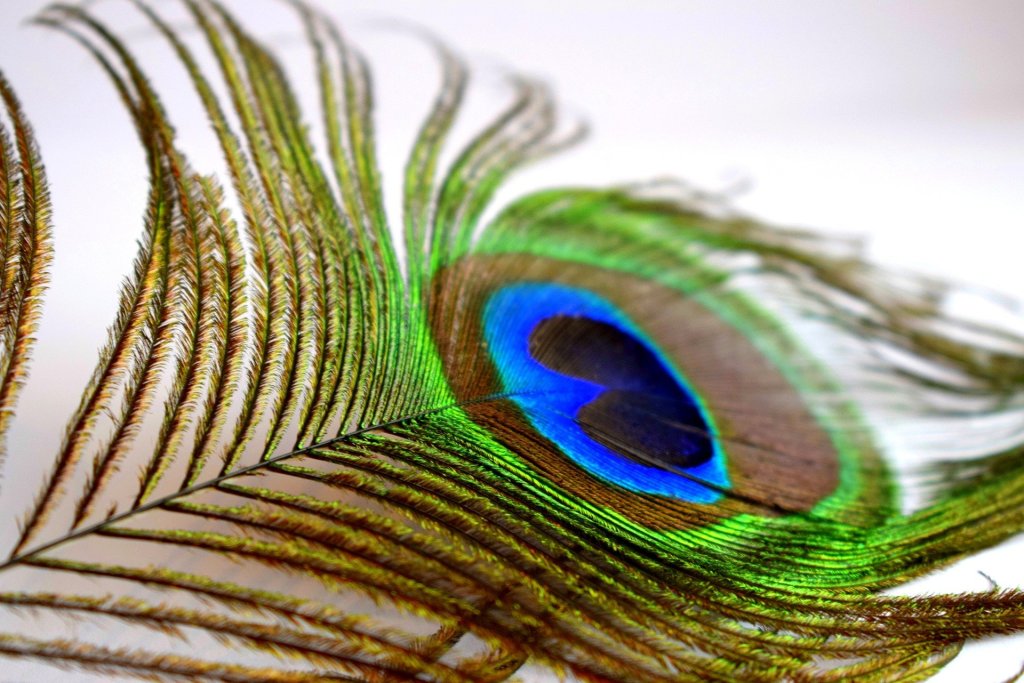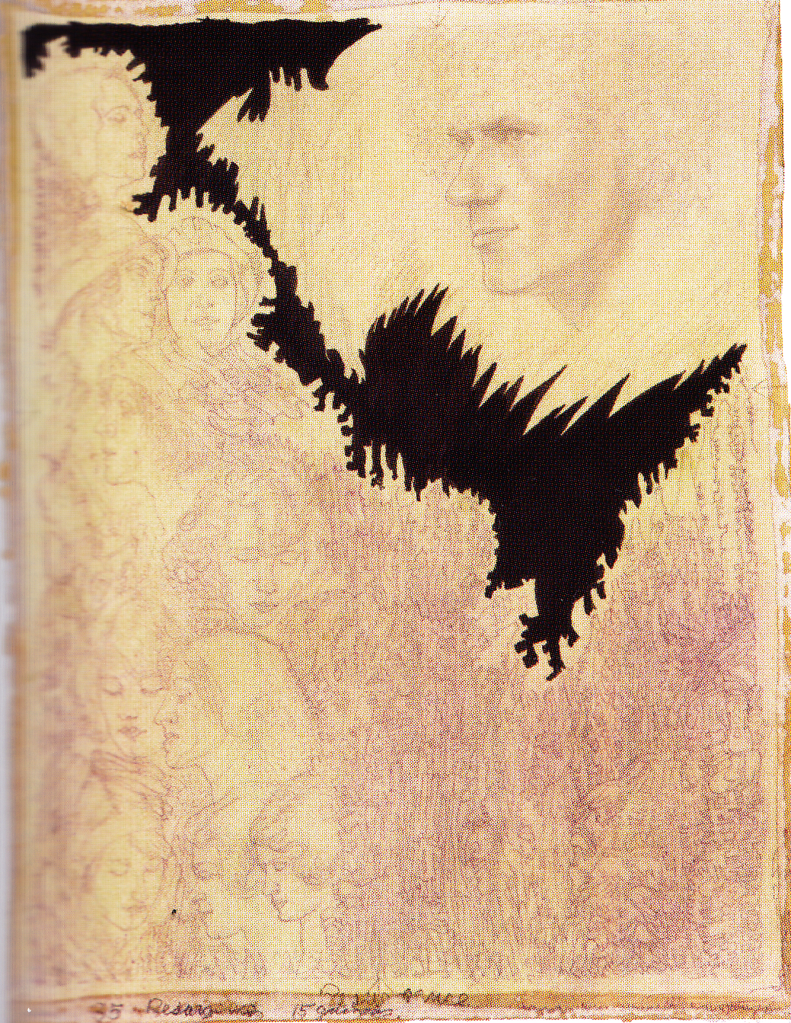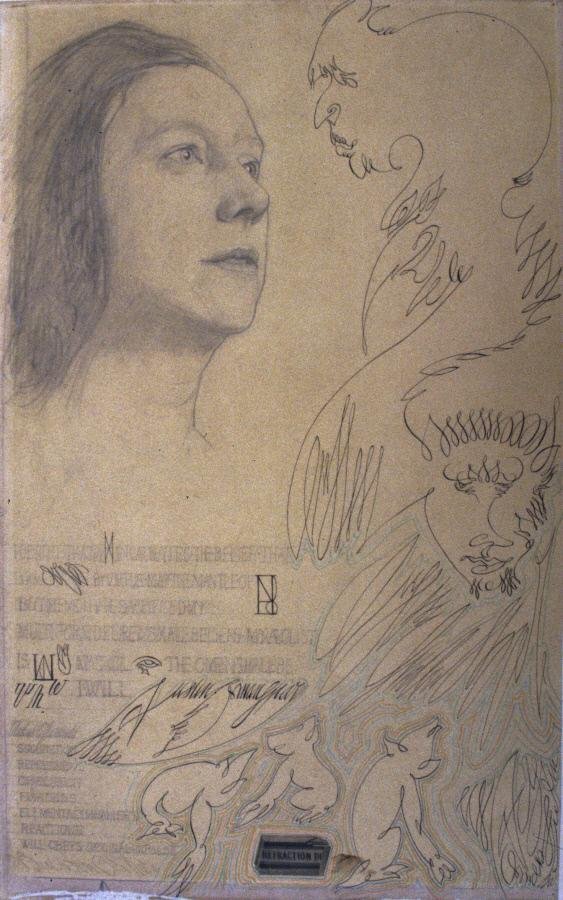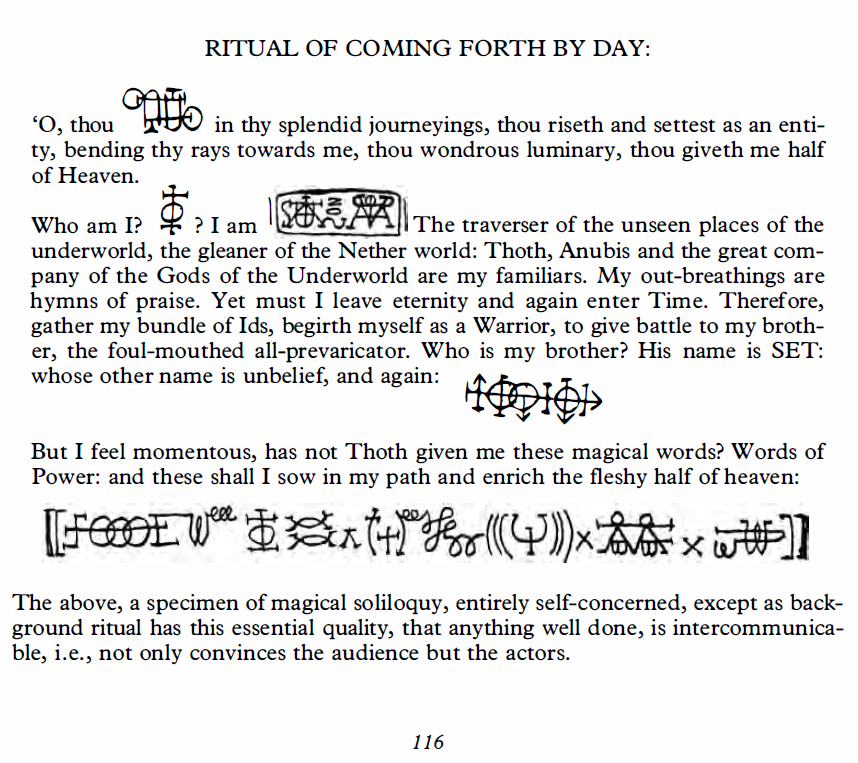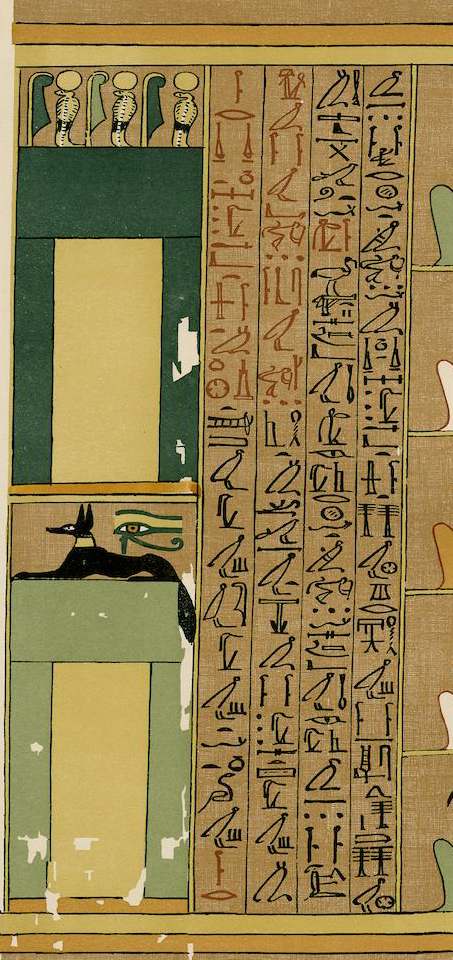In a previous blog-post, I introduced the subject of my forthcoming review of ‘Beelzebub and the Beast, by David Hall: https://marnietunay2.wordpress.com/2024/01/12/beelzebub-and-the-beast-book-review-some-preliminaries/
In this post, I am going to address what Crowley followers, (henceforth referred to by their own preferred term: ‘Thelemites’), consider to be the foundational concept and the most important of Crowley’s books: ‘The Book of Liber Al Legis, aka The Book of the Law.’ I will refer through-out this blog-post to this book as simply Legis. Also addressed to some degree, is the book that Hall considered to be Crowley’s foundational primer on magic, ‘Magic in Theory and Practice, Book 4, which I will refer to as MITP. Both books show a strong influence, in my opinion, with the writing style of a late-nineteenth century book called ‘Obeah Simplified, the True Wanga. http://www.caduceusbooks.com/nextlist-7-18/obeah.htm
Thelemites believe, as did David Hall, that : “For Aleister Crowley, the dawn of the New Aeon was dated to precisely 12 noon on the 8th of April 1904. It was then that he began to write down, at the dictation of a praeter-human intelligence, the first verse of the first chapter of Liber Al vel Legis, The book of the Law….” [Beelzebub, page 33].
According to Crowley himself, writing in his journal Equinox, in 1919, “The Law of Thelema is given in the Book of the Law [Equinox I, VII and X].” [Equinox 3, p. 9.]
Equinox 1. VII: https://hermetic.com/_media/crowley/equinox/equinox-ivii.pdf
There doesn’t appear to be a publishing date in this edition, but the hermetic library gives a date of ‘Fall, 1910:’ https://hermetic.com/crowley/equinox/index
The ‘expanded’ ‘account’ of how Legis came to be begins on page 365 of Equinox 1.VII. On page 368, in the lead-up to the story of the alleged channeling of Legis by Crowley’s then-wife Rose, Crowley claims he took Rose to the Boulak museum in Egypt, to test her knowledge of Horus. He says that this event “must have taken place before March 23…” After several lengthy invocations, all of which emphasize Crowley’s great humility, he asserts on pages 385 – 386 of Equinox 1.VII, that Legis “is in no way “automatic writing,”” that he “heard clearly and distinctly the human articulate accents of a man.” On page 386, he describes the names of Legis as being: “The full title of the book is LIBER L vel LEGIS svb figvrâ CCXX as delivered by LXXVIII to DCLXVI and it is the First and Greatest of those Class A publications of A\ A\ of which is not to be altered so much as the style of a letter.”
Following all of this is an unreadable “copy” of the ‘original hand-written manuscript’ of Legis on an un-numbered page, and then Crowley’s “commentary” on the same begins on page 375.
I will now introduce some of the more interesting ‘verses’ of Legis, (together with Crowley’s first comments on the same,) and you can follow along for free via the Internet Archive: https://archive.org/details/CrowleyTheBookOfTheLaw
together with Crowley’s original comments [aka “Old Comment”] in Equinox 1.VII: https://hermetic.com/_media/crowley/equinox/equinox-ivii.pdf
from 1910.
V. 21 in the second chapter of Legis states: “We have nothing with the outcast and the unfit: let them die in their misery. For they feel not. Compassion is the vice of kings: stamp down the wretched and the weak: this is the law of the strong: this our law and the joy of the world…”
About this ‘verse,’ Crowley claims on page 395 of Eq. 1.VII that “17-21. This passage was again very painful to the prophet, who took it in it the literal sense.
But “the poor and the outcast” are the petty thoughts and the qliphothic thoughts and the sad thoughts. These must be rooted out, or the ecstasy of Hadit is not in us. They are the weeds in the Garden that starve the Flower...”
V. 23, in my opinion, reveals the actual identity of the ‘entity’ talking to Crowley. It says: “I am alone: there is no God where I am.”
V. 48, 2nd chapter states: “Pity not the fallen! I never knew them. I am not for them. I console not: I hate the consoled & the consoler.”
And Crowley says: “48. Hadit has never defiled His purity with the Illusions of Sorrow, etc.
Even love and pity for the fallen is an identification with it (sympathy, from [? I can’t make out the meaning of the Greek word]), and therefore a contamination.”
V. 23, 3rd chapter states: “For perfume mix meal & honey & thick leavings of red wine: then oil of Abramelin and olive oil, and afterward soften & smooth down with rich fresh blood.”
V. 24, 3rd chapter states: The best blood is of the moon, monthly: then the fresh blood of a child, or dropping from the host of heaven: then of enemies; then of the priest or of the worshippers: last of some beast, no matter what.”
V. 25, 3rd chapter states: “This burn: of this make cakes & eat unto me…”
Of these last 3 chapters, Crowley merely says: “23-25. This incense was made; and the prediction most marvellously fulfilled.” And that’s it. That’s all he says in the ‘old comment.’ [On page 399 of Eq. 1. VII.]
Crowley’s ‘old’ and ‘new’ comments were originally titled ‘An Extenuation of The Book of the Law.’ The ‘old’ comments were written in 1910. The ‘new’ comments were written, starting in 1920, [Regardie, page 1], with amendments through 1925, according to the comments themselves. The ‘old’ and ‘new’ comments by Crowley on Legis can be read for free online at the Hermetic Library: https://hermetic.com/legis/new-comment/index
In Beelzebub, David Hall sidesteps the grimmer verses of Legis. Those notwithstanding, however, Hall thought that Legis was a “miracle.” On page 74 of Beelzebub, he says, regarding ‘Liber Al’ [Hall’s name for Legis]:
“… To the resolute sceptics, these events, plus many other factors we have not space to enumerate here, will fail to convince them of the objective origins of Liber Al. [Legis] Such people are forever armoured against the unnerving advent of miracle. They clamour for evidence, while at the same time never allowing anything to count as evidence; for them there is nothing that cannot be explained away. It is a cast of mind with which it is futile to argue and we shall offer no more evidence here, though there is more to be found in the sources quoted. But allowing the sceptic the comfort of his scepticism [ibid] , even if it cannot be adequately proved that Liber Al is totally independent of Crowley’s subconscious, it cannot be denied that he had somehow tuned in to something that was in the air or, more accurately, in the astral.”
One of the people not convinced of “the objective origins” of Legis was the occultist Israel Regardie, who was well acquainted with Crowley and served for several years as his secretary: https://en.wikipedia.org/wiki/Israel_Regardie
In his 1970 Introduction to ‘The Law is For All,’ Regardie states on page 29 that “Crowley is, then, the author of The Book of the Law…”
Moreover, Crowley’s story about the reception of Legis in Cairo had a large hole in it. Writing in 2014, Richard T. Cole states that Crowley could not have taken Rose to visit the Boulak Museum in March 1904 to test her on the Horus stele; because, the Boulak Museum had ceased to exist in May of 1889. [Liber L vel Bogus, page 244.]
I will now introduce the verses of Legis that set out the core ethos and the intent of the ‘miracle’ booklet:
Thelema.
V. 39 of chapter 1 in Legis states: “The word of the Law is θέλημα.”
[See https://en.wikipedia.org/wiki/Thelema ]
In Equinox 1. V11 https://hermetic.com/_media/crowley/equinox/equinox-ivii.pdf
Crowley states on page 390: “39. Compare Rabelais. Also it may be translated, “Let Will and Action be in harmony.” But θέλημα also means Will in the higher sense of Magical One-pointedness, and in the sense used by Schopenhauer and Fichte.”
On page 391, still ostensibly talking about V. 39, he slides in the ‘Do what thou wilt’ motto for which he has become arguably the most famous. He says: “Do what thou wilt” need not only be interpreted as licence or even as liberty. It may for example be taken to mean Do what thou (Ateh) wilt; and Ateh is 406 = wt = T, the sign of the cross. The passage might then be read as a charge to self-sacrifice or equilibrium. I only put forward this suggestion to exhibit the profundity of thought required to deal even with so plain a passage.”
If ‘Do what thou wilt’ is a ‘profound’ thought, it certainly was by no means an original thought by Aleister Crowley. The 16th century satirist François Rabelais , whom Crowley mentions in connection with it, created a fictional Abbey of Thélème in a work of fiction called Gargantua: https://en.wikipedia.org/wiki/Fran%C3%A7ois_Rabelais#Th%C3%A9l%C3%A8me
In the middle of the 18th century, the British Peer Sir Francis Dashwood formed a private club which later became known as a ‘Hellfire Club.’ https://en.wikipedia.org/wiki/Hellfire_Club
Its motto was Fais ce que tu voudras (Do what thou wilt) which Dashwood took from Rabelais. Dashwood took his club to Medmenham Abbey in 1751, where they became known as the Medmenham monks. The motto was engraved on the entrance to the Abbey. The 2018 book on Dashwood’s Hell Fire Club, by the current proprietor of the Club, has a photo from circa 1920 of the Abbey entrance with the motto above the doorway. [Loughran, page 50.]
V. 37 of Chapter 1 in Legis states: “Also the mantras and spells; the obeah and the wanga; the work of the wand and the work of the sword; these he shall learn and teach.”
In Equinox 1. VII Crowley states in the ‘old’ comment that this means: “37. An entirely new system of magic is to be learnt and taught, as is now being done.”
Rad researcher Christopher Josiffe has argued persuasively that Crowley took the phrase ‘the obeah and the wanga’ from an early 1890’s Theosophical pamphlet called ‘Obeah Simplified, the True Wanga!’ [Josiffe, page 80 – 83.]
An earlier version of Josiffe’s findings with respect to Crowley is available online for free at academia: https://www.academia.edu/7543217/Aleister_Crowley_Marie_de_Miramar_and_the_True_Wanga_Abraxas_Journal_4_
Furthermore, Josiffe has made a convincing case as regards Crowley’s motivation for referencing that pamphlet. He says: “… Crowley genuinely seemed to believe that the Theosophical Society would inevitably have to acknowledge him as the Maitreya, or World Teacher, and published four manifestos during 1924 – 25 to that effect…” [Josiffe, page 80.]
I accept all of Josiffe’s findings from his research. However, I think there was a deeper influence on Crowley as regards the Obeah Simplified pamphlet, than just his ‘political’ aspiration to lead the Theosophists.
In Beelzebub and the Beast, David Hall states on page 61: “The major writing achievement of the ‘twenties was Magic in Theory and Practice, Part III of Book 4… The theory of the subject is covered in 22 chapters of general principles, attitudes and examples, while the practice is supplied by 200 pages of rituals and texts of instruction, some new and some reprinted from The Equinox. This latter half of the book forms a programme [sic] of magical training which, if followed through, is designed to lead to real ‘Attainment.’”
You can download that book, henceforth labelled MITP for free here:
https://wellcomecollection.org/works/y4f9srp7
Be warned: the book is poorly organized; for instance, Chapter VII is placed before VI, starting on page 41. The book was digitized by the Internet Archive, with funding by the Wellcome Library and the digitized version is also available: https://ia800800.us.archive.org/15/items/b29825064/b29825064.pdf
The book can also be read online for free, with properly ordered chapters, here:
https://hermetic.com/crowley/book-4/aba3
and many of the works referenced in that book are available for free at the Canadian Thelemic order ‘The Invisible House:’ https://www.invisiblehouse.org/library.htm
I think Aleister Crowley studied Obeah Simplified quite closely; and he learned from it how to write occult material in an offhand, semi-dismissive manner, with a view to increasing that material’s persuasive power. Crowley gives repeated demonstrations of that style in his writings, pretending he didn’t understand something he’d written, couldn’t remember the context, was skeptical of the content. David Hall even remarks on this tendency, but, chalks it up to the supposed miraculousness of the material. On page 72 of Beelzebub, Hall says: “Crowley’s obtuseness in elucidating many of the enigmas of Liber Al [Legis] is one of the strangest elements in its history and corroborative of its objective provenance.”
Here are samples from the Commentaries to Legis, from MITP, and from Obeah Simplified, that highlight that writing style and strategies used in Obeah Simplified to persuasive effect:
From Legis:
https://hermetic.com/legis/new-comment/chapter-ii#ii10
“II.10
O prophet! thou hast ill will to learn this writing.
The Old Comment
10. The prophet who wrote this was at this point angrily unwilling to proceed.
The New Comment
As related in Equinox I, VII, I was at the time of this revelation, a rationalistic Buddhist, very convinced of the First Noble Truth: “Everything is Sorrow.” I supposed this point of view to be an absolute and final truth – as if Apemantus were the only character in Shakespeare!
It is also explained in that place how I was prepared for this Work by that period of Dryness. If I had been in sympathy with it, my personality would have interfered. I should have tried to better my instructions.“
See, in Liber 418, the series of visions by which I actually transcended Sorrow. But the considerations set forth in the comment on verse 9 lead to a simpler, purer, and more perfect attainment for those who can assimilate them in the subconscious mind by the process described in the comment on verse 6.
It may encourage certain types of aspirant if I emphasize my personal position. AIWAZ made no mistake when he spoke this verse – and the triumphant contempt of his tone still rings in my ear! After seventeen years of unparalleled spiritual progress… In any event, it is surely a most overwhelming proof that AIWAZ is not myself, but my master, that He could force me to write verse 9, at a time when I was both intellectually and spiritually disgusted with, and despairing of, the Universe, as well as physically alarmed about my health.”
Chapter VIII in MITP is a great example of the persuasive strategies used in Obeah Simplified:
Paragraph 01: “Within the human body is another body of approximately the same size and shape;1) but made of a subtler and less illusory material. It is of course not “real”; but then no more is the other body! Before treating of clairvoyance one must discuss briefly this question of reality, for misapprehension on the subject has given rise to endless trouble.”
‘It is of course not “real” but then no more is the other body!’ The suggestion is made that the reader’s body is not real.
02: “There is the story of the American in the train who saw another American carrying a basket of unusual shape. His curiosity mastered him, and he leant across and said: “Say, stranger, what you got in that bag?” The other, lantern-jawed and taciturn, replied: “mongoose”. The first man was rather baffled, as he had never heard of a mongoose. After a pause he pursued, at the risk of a rebuff: “But say, what is a Mongoose?” “Mongoose eats snakes”, replied the other. This was another poser, but he pursued: “What in hell do you want a Mongoose for?” “Well, you see”, said the second man (in a confidential whisper) “my brother sees snakes”. The first man was more puzzled than ever; but after a long think, he continued rather pathetically: “But say, them ain’t real snakes”. “Sure”, said the man with the basket, “but this Mongoose ain’t real either”.”
A folksy parable, not particularly enlightening in and of itself, but, humorous.
And, laughing at the joke opens us up to the next thing the speaker has to say, which, in chapter VIII of MITP is an assertion that we cannot know what is true:
03: “This is a perfect parable of Magick. There is no such thing as truth in the perceptible universe; every idea when analysed is found to contain a contradiction. It is quite useless (except as a temporary expedient) to set up one class of ideas against another as being “more real”. The advance of man towards God is not necessarily an advance towards truth. All philosophical systems have crumbled. But each class of ideas possesses true relations within itself. It is possible, with Berkeley,2) to deny the existence of water and of wood; but, for all that, wood floats on water. The Magician becomes identical with the immortal Osiris, yet the Magician dies. In this dilemma the facts must be restated. One should preferably say that the Magician becomes conscious of that part of himself which he calls the immortal Osiris; and that Part does not “die”.
The work of paragraph 03, that is, the intention, is to damage the faculty of discernment in the reader. If “there is no such thing as truth in the perceptible universe,” it means we are being told that we cannot discern what is real and what is not.”
04: “Now this interior body of the Magician, of which we spoke at the beginning of this chapter, does exist, and can exert certain powers which his natural body cannot do. It can, for example, pass through “matter”, and it can move freely in every direction through space. But this is because “matter”, in the sense in which we commonly use the word, is on another plane.” The footnote to 04 states: “We do not call electrical resistance, or economic laws, unreal, on the ground that they are not directly perceived by the senses. Our magical doctrine is universally accepted by sceptics — only they wish to make Magick itself an exception!”
Note how the first statement in the footnote is immediately followed by a statement that is manifestly untrue. Untrue and bizarre.
More ‘folksy’ stories, but, now, tinged with occult content:
08 “The only way to test clairvoyance is to keep a careful record of every experiment made. For example, FRATER O. M. once gave a clairvoyant a waistcoat to psychometrize. He made 56 statements about the owner of the waistcoat; of these 4 were notably right; 17, though correct, were of that class of statement which is true of almost everybody. The remainder were wrong. It was concluded from this that he showed no evidence of any special power. In fact, his bodily eyes, — if he could discern Tailoring — would have served him better, for he thought the owner of the vest was a corn-chandler, instead of an earl, as he is.”
28: “A body of black magicians under Anna Kingsford7) once attempted to kill a vivisector who was not particularly well known; and they succeeded in making him seriously ill. But in attempting the same thing with Pasteur they produced no effect whatever, because Pasteur was a great genius — an adept in his own line far greater than she in hers — and because millions of people were daily blessing him. It cannot be too clearly understood that magical force is subject to the same laws of proportion as any other kind of force. It is useless for a mere millionaire to try to bankrupt a man who has the Bank of England behind him.”
From Chapter IV, “Use of Spells and Incantations on Men and Animals in Obeah Simplified:
“Last year in the month of March, an Obeahman called Arnaud, living at the village of Mariposa, on his recovery from a “spree” of some days’ duration, discovered that some bottles of rum had been stolen from him. By whom, he was at a loss to think, so he employed the following characteristic and effective plan for that purpose. He sat down in a chair, and knotting a piece of twine so as to form an endless band, passed it under one of his feet. Then he began to chant a song ‘in a foreign language (as usual) at the same time pulling the twine band round and round his foot with his hands. Whilst this operation was going on, a young man named Baptiste, in a house at the other end of the village, suddenly had a curious fit of suffocation, during which he managed to gasp out that Arnaud was choking him with a string! A sister of Arnaud’s happened to be present, and hearing this ran off to her brother’s house, and entering, rushed up to him and snatched the twine out of his hands, exclaiming “What are you choking poor Baptiste for?” Her brother replied, with a grin of satisfaction, “All right! I know who stole my rum now!” [Obeah, page 24]
The bulk of Obeah Simplified consists of stories like the one above, sometimes preceded or followed by edifying little occult homilies. Here is my personal favorite of those stories. (Note its structural resemblance to the Anglo Saxon ‘toad-bone’ ritual: https://drive.google.com/file/d/1KKJniEiNJzYmdVycpmmHGUuUDlUF-Y1j/view )
From Chapter II INITIATION – KANJI STONES – PROTECTION OF FIELDS, ETC. in Obeah Simplified:
“ The first step in all magical systems is initiation; therefore, my first illustration of Obeah operations shall be that of an initiation, which is none the worse for being incomplete. It happened to an acquaintance of mine. He said: – “One Sunday in 1878, I was riding down to Platteville, and on the way met with an African called Pébù, finding he was going to Platteville too, we agreed to ride together. This Pébù was a man who had no visible means of livelihood, but always went about well dressed, and rode a good pony. He was said to be a great Obeahman, and I was rather afraid of him, but being very curious to know about Obeah, I asked him to teach me some of it. He refused at first, but after a great deal of persuasion, he consented to do so.
“He directed me to meet him at a certain place on the banks of the Platte River, at 12 o’clock, on the following Wednesday night. There he was to take me to a large stone which he knew of in the bed of the river, at that season nearly dry. Under this stone I was to put my hand, which would be grasped hold of by another hand. That hand would pull mine, and I was to haul against it with all my strength. However much it might hurt me I was not to give in. The seventh haul was to be the last, and so strong as to nearly pull my arm out of the socket, but it was to leave in my hand a small white stone, and a little of some slimy substance, both of which I was to put into a clean little bottle (which I was to bring ready with me) and to cork up securely. This bottle I was to take great care of, and the “fellow” who held my hand under the stone was always to be at my service when I shook up the bottle, and would do, or get me anything I wanted….. But, when the time came I was much too afraid, and did not keep the appointment.”
The author of Obeah Simplified follows up this story with: “This, it will be seen, was a method of obtaining control over a ‘nature spirit,’ a ‘familiar.’ The white stone is one of a class of objects of great importance in Obeah operations. These stones are usually black or white, kidney or egg-shaped stones and are called “Conjir” or “Kanji” stones. Such a stone is supposed to confer knowledge and power on its possessor, and they are used as “talismans” to which “familiar” spirits may be attached. Real ones are very rare, and precious. A stone of this sort, if real will if soaked for 10 minutes in Alcohol, cause the latter to become tasteless and uninflammable.”
What remains unexplained is, why any spirit powerful enough to “do, or get” one anything one wanted, would deign to meet a human for a contest of strength that was liable to end in that spirit’s enslavement.
Cassecanarie, Myal Djumboh (pseudonym of David Ewen). Obeah Simplified, The True Wanga. The Society of Esoteric Endeavor. 2018.
Cole, Richard T. Liber L vel Bogus. Privately published. 1983 – 2014
Crowley, Aleister. Israel Regardie, Editor. The Law is for All: The Authorized Popular Commentary to the Book of the Law by Crowley, Aleister. New Falcon Publications. Paperback, Sixth Printing, 1993
Hall, David. Beelzebub and the Beast: A Comparative Study of Gurdjieff and Crowley.
Starfire Publishing. 2012
Josiffe, Christopher. ‘Afterword,’ in Obeah Simplified. Pages 79 – 102.
Loughran, Eamonn. Secret Symbols of the Hell Fire Club. Hell Fire Club Books. 2018
Regardie, Israel. ‘Introduction, in The Law Is For All, pages 1 – 41. 1970]
Online Sources:
The Book of the Law by Aleister Crowley:
https://archive.org/details/CrowleyTheBookOfTheLaw
Crowley’s 1910 comments on Legis, the ‘old comment:
The Hermetic Library has made the ‘old’ and the ‘new’ Crowley commentaries on Legis available to read online: https://hermetic.com/legis/new-comment/index
Aleister Crowley’s journal ‘The Equinox’ can be read for free online at the Hathi Trust: https://catalog.hathitrust.org/Record/009247709
and someone has uploaded his later journal ‘The Equinox of the Gods’ to the internet archive: https://ia800704.us.archive.org/27/items/Equinoxs/Eq-gods.pdf
Read online for free: ‘Magic in Theory and Practice,’ by Aleister Crowley: https://hermetic.com/crowley/book-4/aba3
The Canadian Thelemic order ‘The invisible House’ makes many of Crowley’s writings available for free here: https://www.invisiblehouse.org/library.htm
And many of the works referenced in MITP are also available for free at the Hermetic Library; scroll down to the bottom of this link to access them: https://hermetic.com/crowley/book-4/aba3
…..


